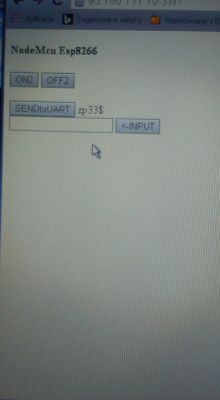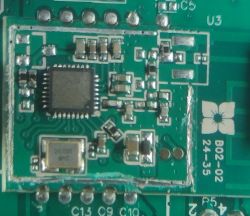As in the title, I'm attaching a photo of the server screen and the code which should implement the function of transferring ASCII characters from the keyboard to the UART but there is an error which I can't determine.
The function of passing characters typed from the keyboard to the 'mycode' variable does not work.
Lines of code where I think the error is supposed to be:
.
Perhaps a different method should be used?
As you can see in the photo, the program generates a window and you can type characters into it. However after clicking '<--INPUT' the entered characters disappear from the window, nothing happens and the variable 'mycode' remains empty, it has the value 'nil'.
To handle the programming of the board I used Flasher and ESPlorer as described:
https://nodemcu.readthedocs.io/en/master/en/flash/#sdk-init-data
There is a question and request to programmers who understand ESP8266 and LUA programming to look into this.
All the code:
.
[img] .
.
The function of passing characters typed from the keyboard to the 'mycode' variable does not work.
Lines of code where I think the error is supposed to be:
Code: Lua
Perhaps a different method should be used?
As you can see in the photo, the program generates a window and you can type characters into it. However after clicking '<--INPUT' the entered characters disappear from the window, nothing happens and the variable 'mycode' remains empty, it has the value 'nil'.
To handle the programming of the board I used Flasher and ESPlorer as described:
https://nodemcu.readthedocs.io/en/master/en/flash/#sdk-init-data
There is a question and request to programmers who understand ESP8266 and LUA programming to look into this.
All the code:
Code: Lua
[img]
 .
.






